
Landscape - a genre in painting: views, history, evolution
Landscape painting is a genre of art that depicts natural, rural, and urban landscapes, as well as atmospheric phenomena. People and animals can also appear in landscapes, but their role is secondary; they are captured by the artist's brush as part of the depicted reality. Sometimes they are no more than staffage - figures that animate the scenery.
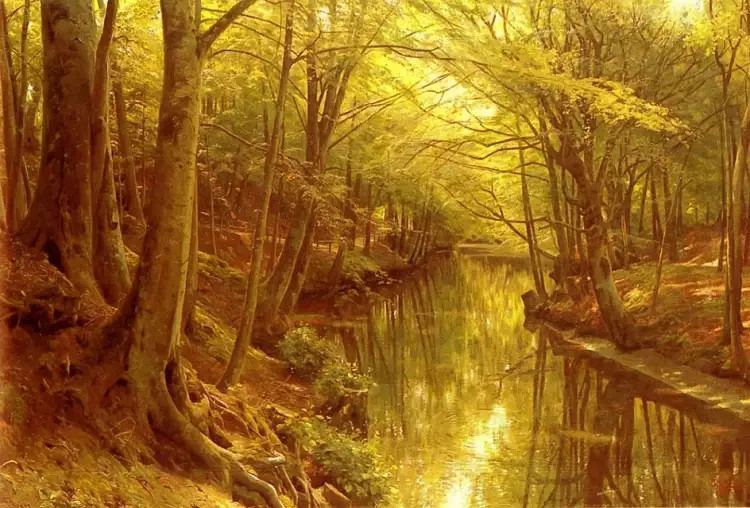 Landscape. Peder Mørk Mønsted. A Forest Stream
Landscape. Peder Mørk Mønsted. A Forest Stream
Landscape is a versatile genre in painting. Many immortal masterpieces have been created in this genre. Landscape artists transfer forests and seas, storms and rainbows, architecture, and even the expanses of space onto canvases. Sometimes they look into the past, and sometimes into the future. They often reflect reality, occasionally give free rein to their imagination, and sometimes pour their mood into colors.
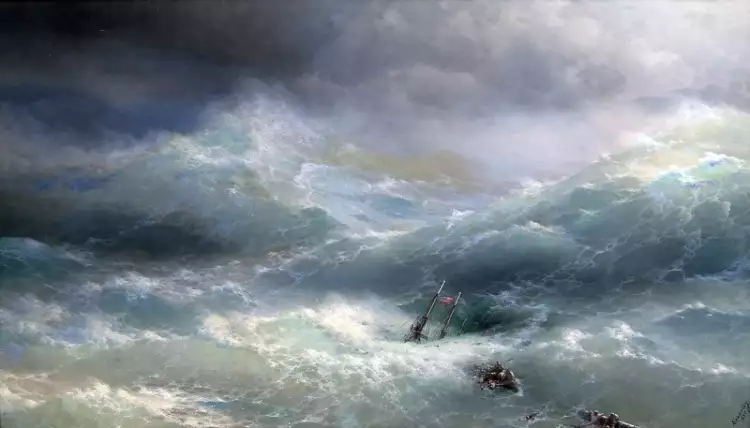 Landscape. Ivan Aivazovsky. Wave, 1889
Landscape. Ivan Aivazovsky. Wave, 1889
Landscapes that have become some of the most famous creations on the planet are valued at millions of dollars. Many landscape artists, such as Joseph Mallord William Turner, Isaac Ilyich Levitan, and Ivan Konstantinovich Aivazovsky, belong to the elite of painters. Their genius is indisputable. Therefore, it is even hard to believe that just a few centuries ago, this genre was considered... low! (Alongside everyday genre and still life). Masters did not immediately recognize its potential and for a long time considered landscapes only as backgrounds for narrative paintings and portraits.
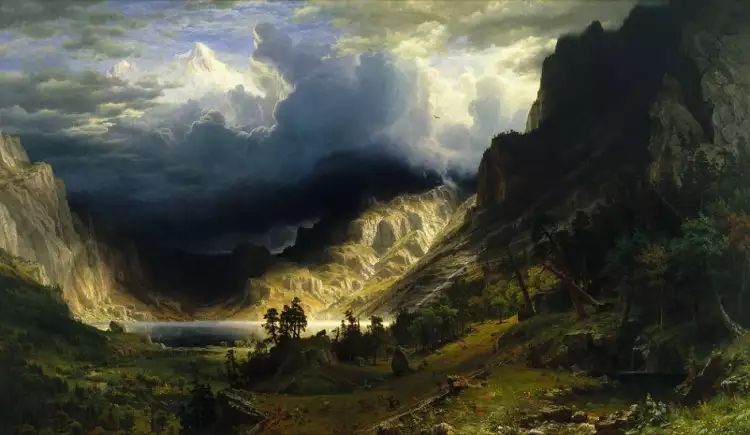 Landscape. Albert Bierstadt. A Storm in the Rocky Mountains, Mt. Rosalie, 1866
Landscape. Albert Bierstadt. A Storm in the Rocky Mountains, Mt. Rosalie, 1866
The Development of Landscape Painting
Landscape painting is a young genre. As an independent branch of painting in European art, it began to take shape only in the 15th century and reached maturity in the 17th and 18th centuries.
Landscape motifs were found in ancient frescoes, but the development of ancient traditions was interrupted during the Middle Ages. Occasionally, landscape details appeared in medieval manuscripts, but only as elements of the human environment.
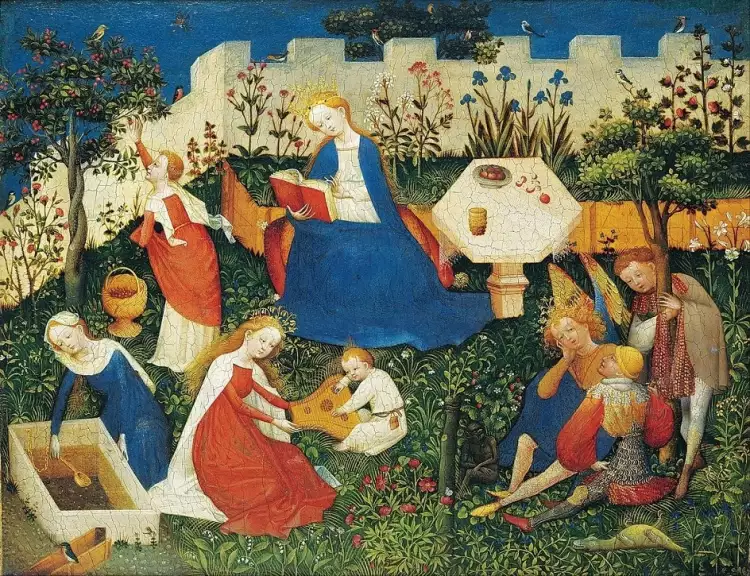 Landscape. Unknown artist. Garden of Eden
Landscape. Unknown artist. Garden of Eden
A major breakthrough was the creation of the "Très Riches Heures du Duc de Berry" by the Limbourg brothers (Frères de Limbourg). It is filled with images of rural landscapes in different seasons. The illustrations are in the style of international Gothic, a transitional style that preceded the Proto-Renaissance and Renaissance periods.
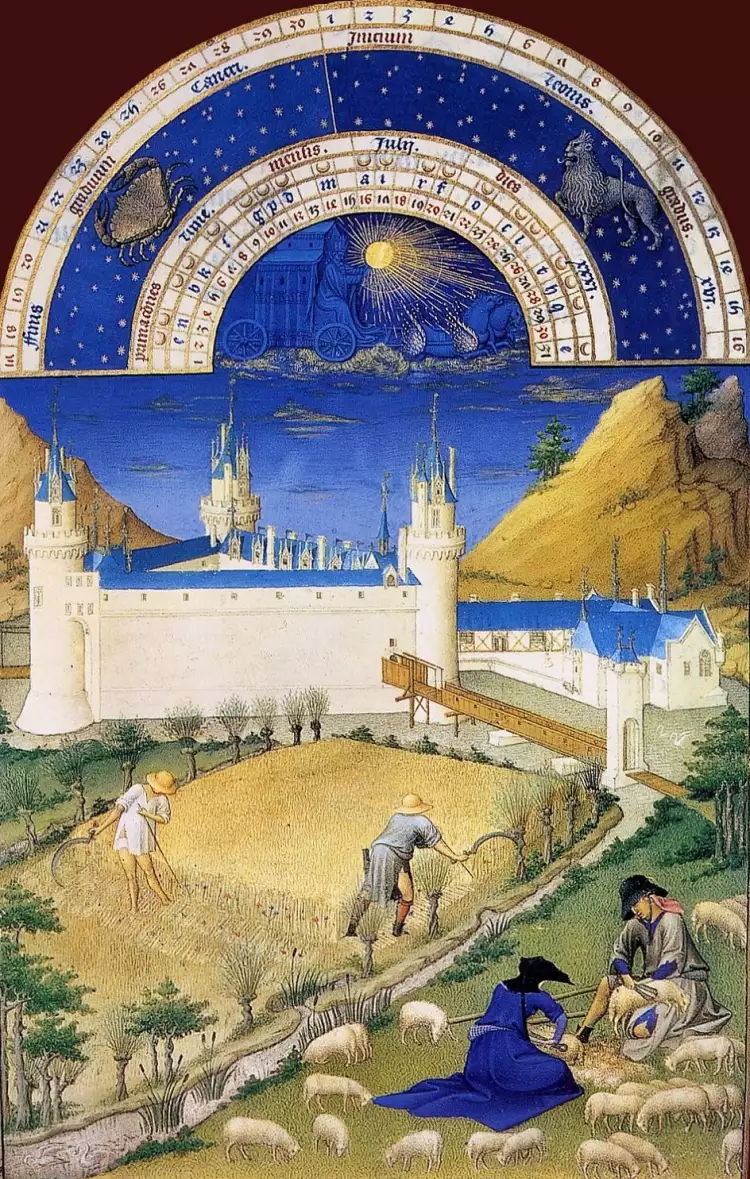 Landscape. Limbourg brothers. The Very Rich Hours of the Duke of Berry, 1413-1416
Landscape. Limbourg brothers. The Very Rich Hours of the Duke of Berry, 1413-1416
During the Renaissance, artists began to pay more attention to natural motifs, although they still used them as backgrounds. However, craftsmanship improved, realism increased, and the details were more carefully worked on. The landscape increasingly became not just an addition but a significant element of the composition. An example of this can be seen in Leonardo da Vinci's famous Mona Lisa.
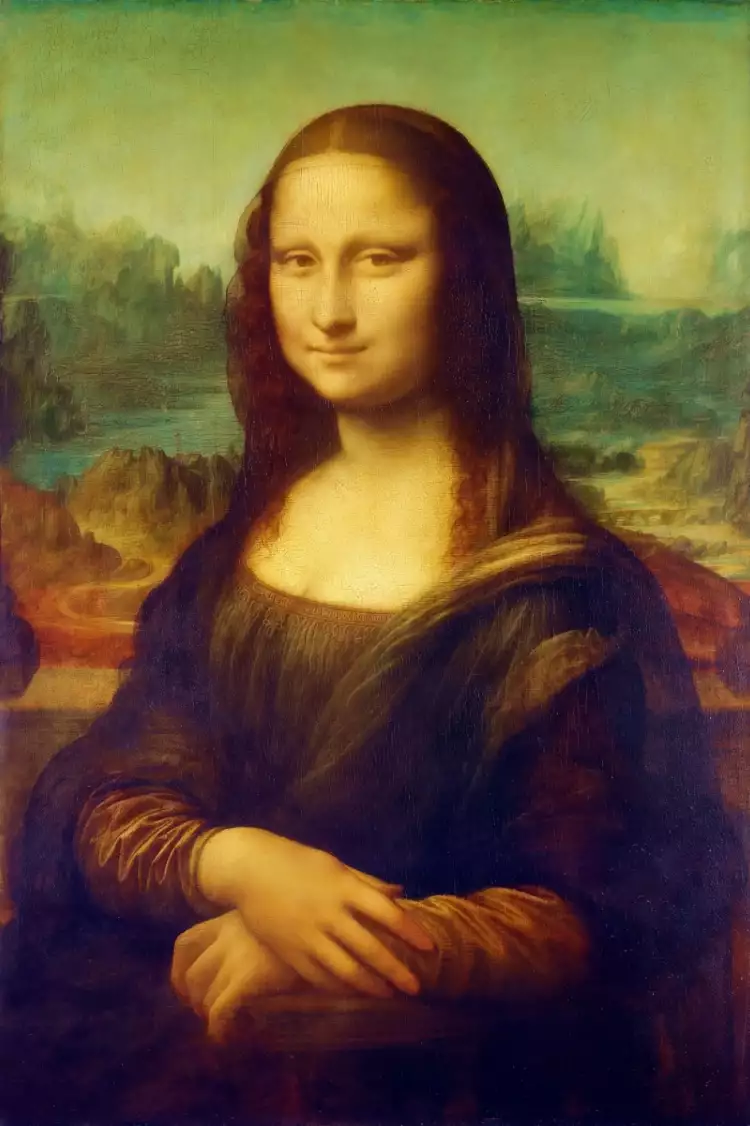 Landscape. Leonardo da Vinci. Mona Lisa, 1503-1519
Landscape. Leonardo da Vinci. Mona Lisa, 1503-1519
Techniques were perfected, the laws of perspective, composition, and chiaroscuro were studied. All of this opened up new possibilities for depicting the surrounding world.
Landscape. Giovanni Bellini. St. Francis in Ecstasy, 1480
The Venetian school played a significant role during the Late Renaissance. One of the first authors to give nature independent significance was Giorgione (Giorgio Barbarelli da Castelfranco). In his "The Tempest," the role of human figures is already secondary.
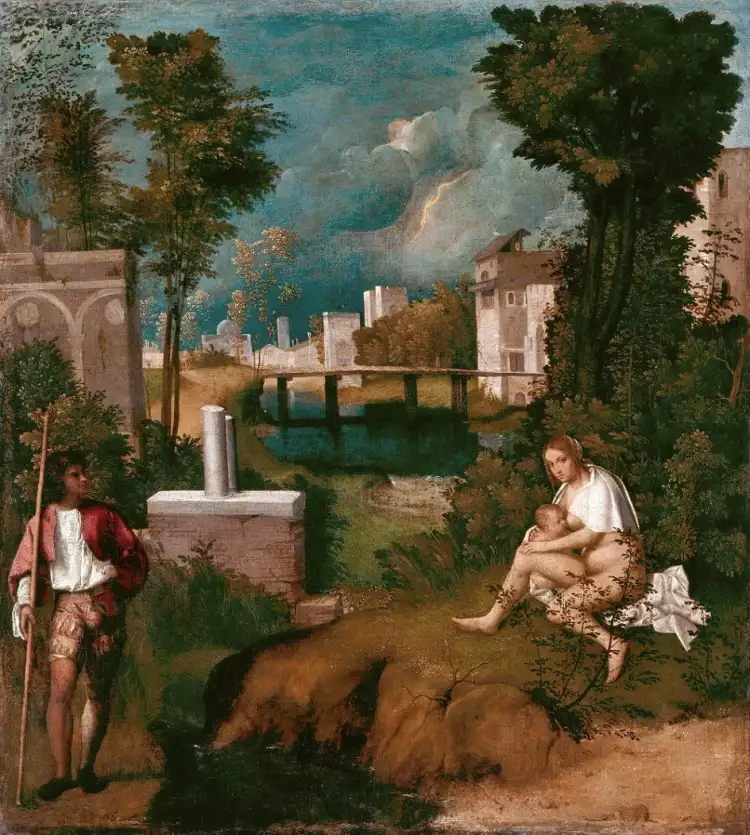 Landscape. Giorgione. The Tempest, 1508
Landscape. Giorgione. The Tempest, 1508
Simultaneously, in Northern Europe, the Dutch school developed the landscape painting direction. Unlike the rich color palette of the Italians, the Dutch painters used more subdued colors.
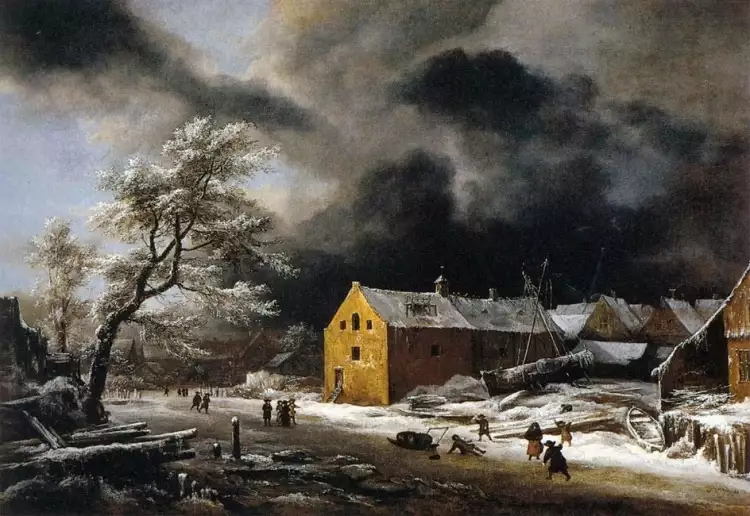 Landscape. Jacob van Ruisdael. Winter landscape, 1670
Landscape. Jacob van Ruisdael. Winter landscape, 1670
By the end of the 16th century, it was possible to speak of the emergence of landscape painting as a separate branch. For example, in El Greco's work "View of Toledo," there are no human figures at all.
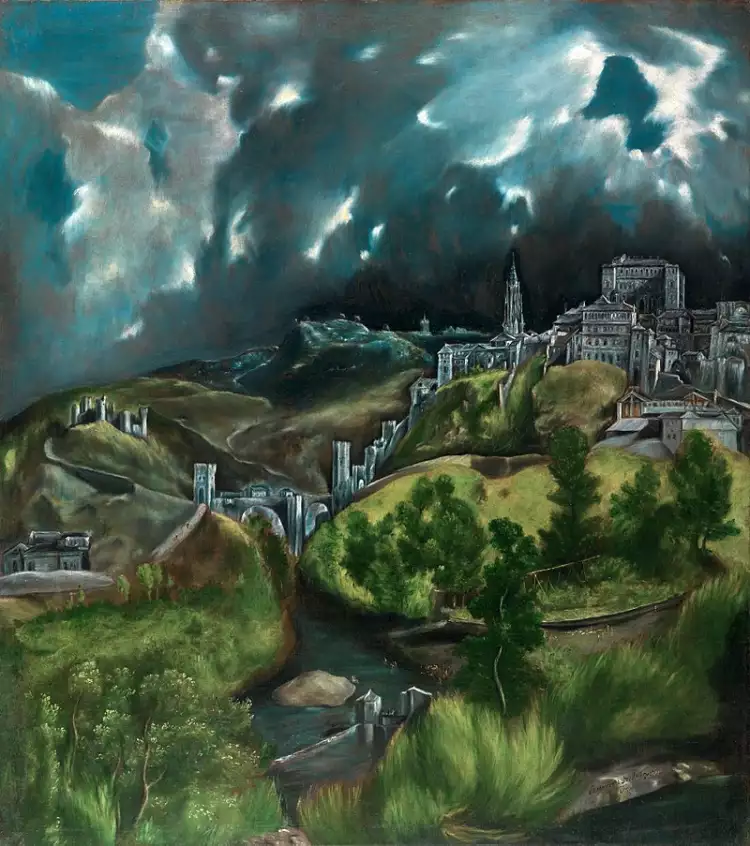 Landscape. El Greco. View of Toledo, 1596-1600
Landscape. El Greco. View of Toledo, 1596-1600
In the 17th and 18th centuries, different styles added their own uniqueness to the depiction of nature:
- Classicists sought ideal harmony in it.
- Baroque masters transferred the fury of the elements to their canvases, filling their creations with dynamism and emotions.
- Representatives of the Rococo created elegant, refined, charming images woven from pastel shades.
- The Romanticism of the 19th century played a huge role. Romantic artists explored themes that stirred emotions and imagination. Their art called for distant journeys, showcased exotic or lost corners of the world, celebrated the beauty of nature, or invited viewers to uncover the mysteries.
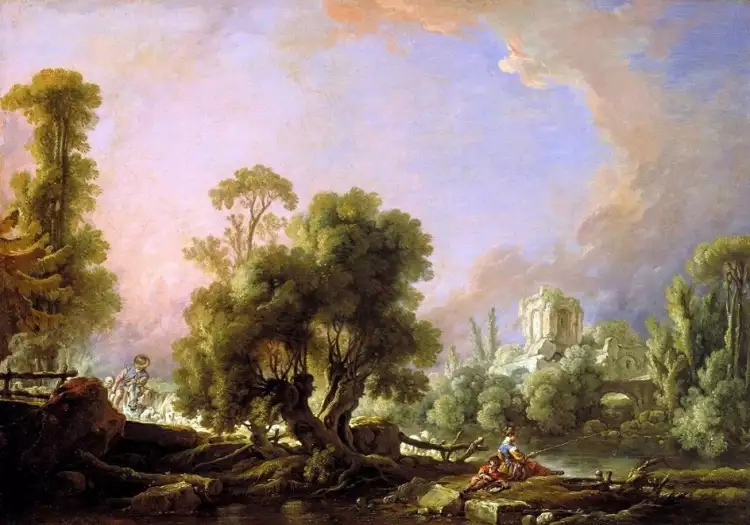 Landscape. François Boucher. Pastoral landscape
Landscape. François Boucher. Pastoral landscape
The Romanticism of the 19th century played a significant role. Romantic artists delved into themes that stirred emotions and imagination. Their creativity beckons one to distant journeys, showcases exotic or hidden corners of the world, celebrates the beauty of nature, or invites the uncovering of the veil of mystery.
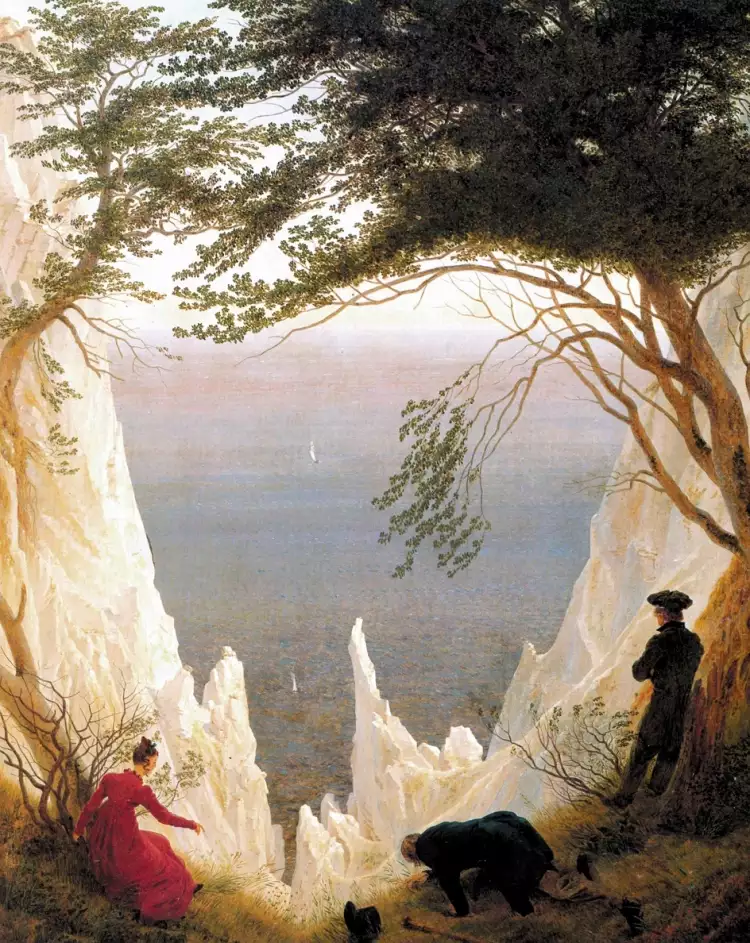 Landscape. Caspar David Friedrich. Chalk Cliffs on Rügen, 1818
Landscape. Caspar David Friedrich. Chalk Cliffs on Rügen, 1818
The next revolutionary step was the emergence of plein air painting - painting outdoors. At the end of the 19th century, tube paints were introduced, allowing artists to take their easels to forests, fields, meadows, and waterfronts.
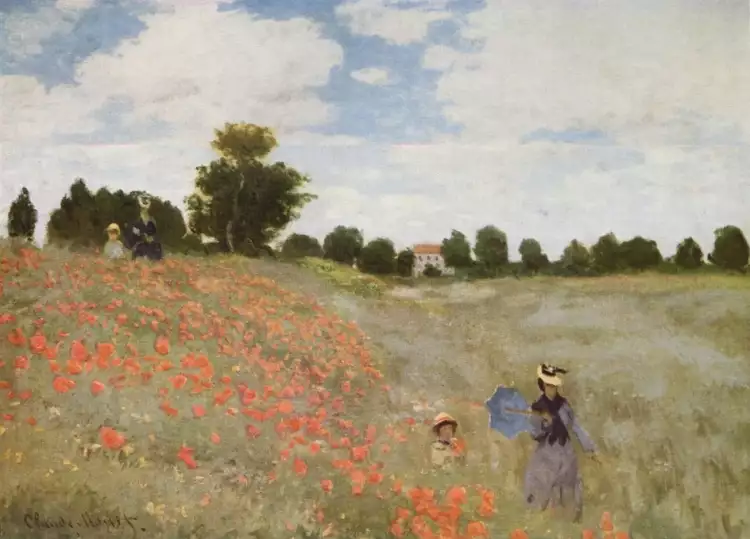 Landscape. Claude Monet. The Poppies, 1873
Landscape. Claude Monet. The Poppies, 1873
Thanks to natural lighting, new possibilities for capturing the beauty of the atmospheric environment were revealed. Impressionists played the leading role during this period.
 Landscape. Claude Monet. London, the Houses of Parliament. A patch of sunshine in the fog, 1904
Landscape. Claude Monet. London, the Houses of Parliament. A patch of sunshine in the fog, 1904
In the late 19th to early 20th centuries, the importance of realism also increased. Astonishingly precise depictions of reality - down to the smallest blade of grass - were characteristic, for example, of Ivan Ivanovich Shishkin.
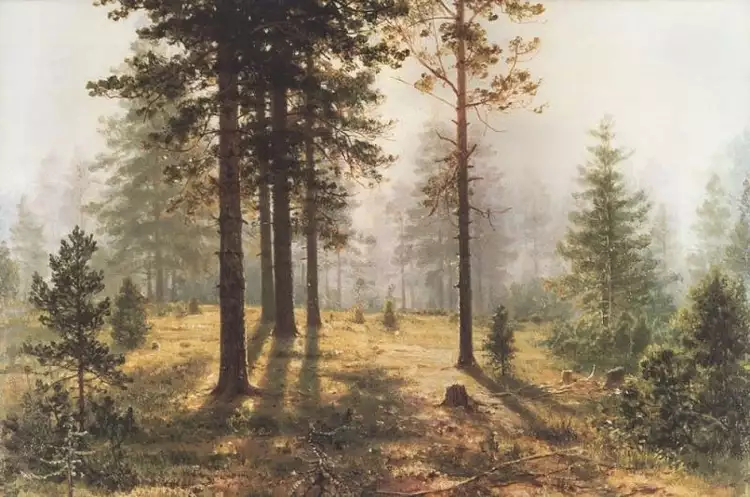 Landscape. Ivan Shishkin. Fog in the forest, 1889
Landscape. Ivan Shishkin. Fog in the forest, 1889
Well, then, the diversity of styles became so great that there is no point in listing them all. Wild Fauvists, cubists, abstract artists... each portrayed the environment in their own way.
 Landscape. Henri Matisse. Maritime landscape, 1905
Landscape. Henri Matisse. Maritime landscape, 1905
The representation of reality eventually lost its significance, and the dominant factor became the artist's self-expression, their personal view of the world.
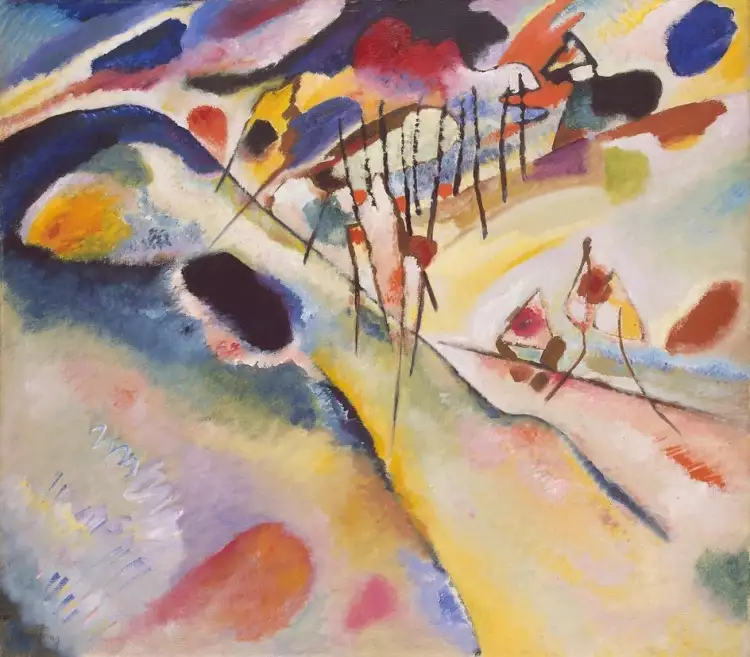 Landscape. Wassily Kandinsky. Landscape, 1913
Landscape. Wassily Kandinsky. Landscape, 1913
Types of Landscapes
Nature is diverse, and art reflects its richness. On canvases, we see waterfalls, forests, and rivers, mountains and lakes, seas and skies, meadows and oceans, fields and cities. In the 20th century, landscape painters even turned to the cosmic theme, reflecting both a realistic and fantastical vision of the depths of the Universe.
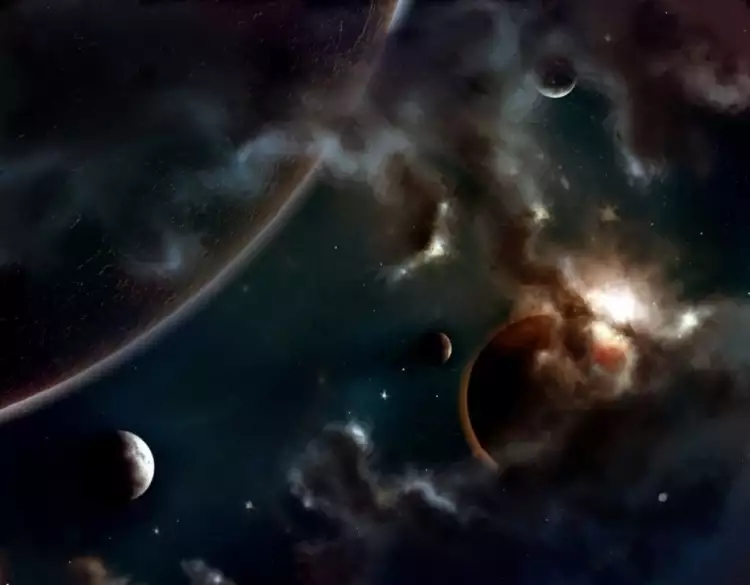 Landscape. Alexey Kashpersky. Spacescape
Landscape. Alexey Kashpersky. Spacescape
The diversity of themes led to the emergence of subgenres of landscape painting:
- Natural Landscape. Artists focus on landscapes untouched by civilization, the changing of seasons, and various natural phenomena—from summer rain to volcanic eruptions.
- Park Landscape. Depicting landscaped areas touched by human hands. These images usually have an idyllic character.
- Marine Landscape (Marina). A variety of natural landscape painting that has its own name. Artists inspired by the sea are called marine painters. Initially, marinas were painted with staffage (ships), but in the 19th century, marine painters focused on the beauty of the waves.
- Rural Landscape. This subgenre emerged within pastoral paintings, where advocates celebrated harmonious life in nature without sorrow and care. Gradually, realism began to infiltrate rural depictions.
- Urban Landscape. The focus of landscape artists is on architecture and urbanism. In their works, cityscapes, ruins, and, since the late 19th century, industrial structures are portrayed.
- Cosmic Landscape. A relatively recent subgenre encompassing both realistic depictions based on knowledge gained from space exploration and fantastical or astral-esoteric renditions (which became a hallmark of the Russian cosmists).
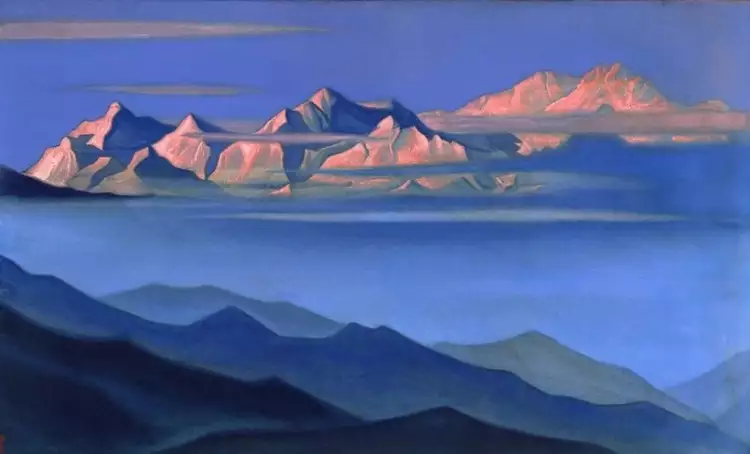 Landscape. Nicholas Roerich. Kangchenjunga, 1936
Landscape. Nicholas Roerich. Kangchenjunga, 1936
In turn, these subgenres have their own branches. Among natural landscapes, marine painting stands out, perhaps because the marine element opposes the land. Marina gained its independence as early as the 17th century.
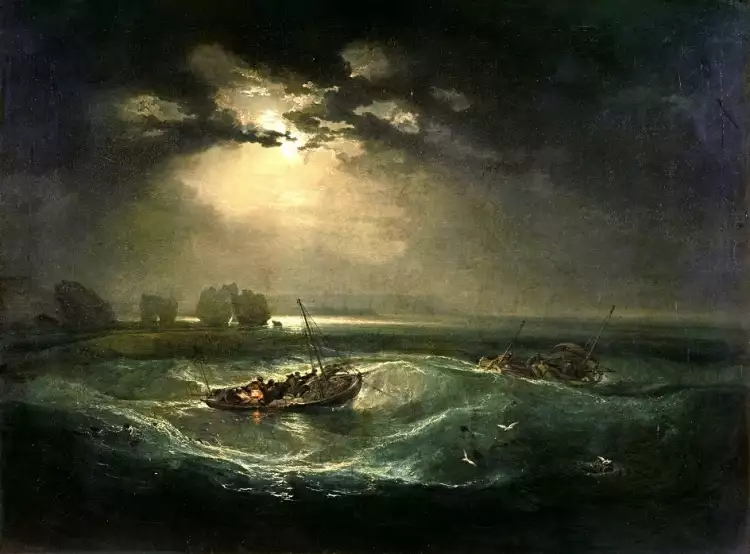 Landscape. William Turner. Fishermen at Sea, 1796
Landscape. William Turner. Fishermen at Sea, 1796
There are also other landscape types (although they are unofficial and lack specific names), such as mountain landscapes, forest landscapes, steppe landscapes, and others.
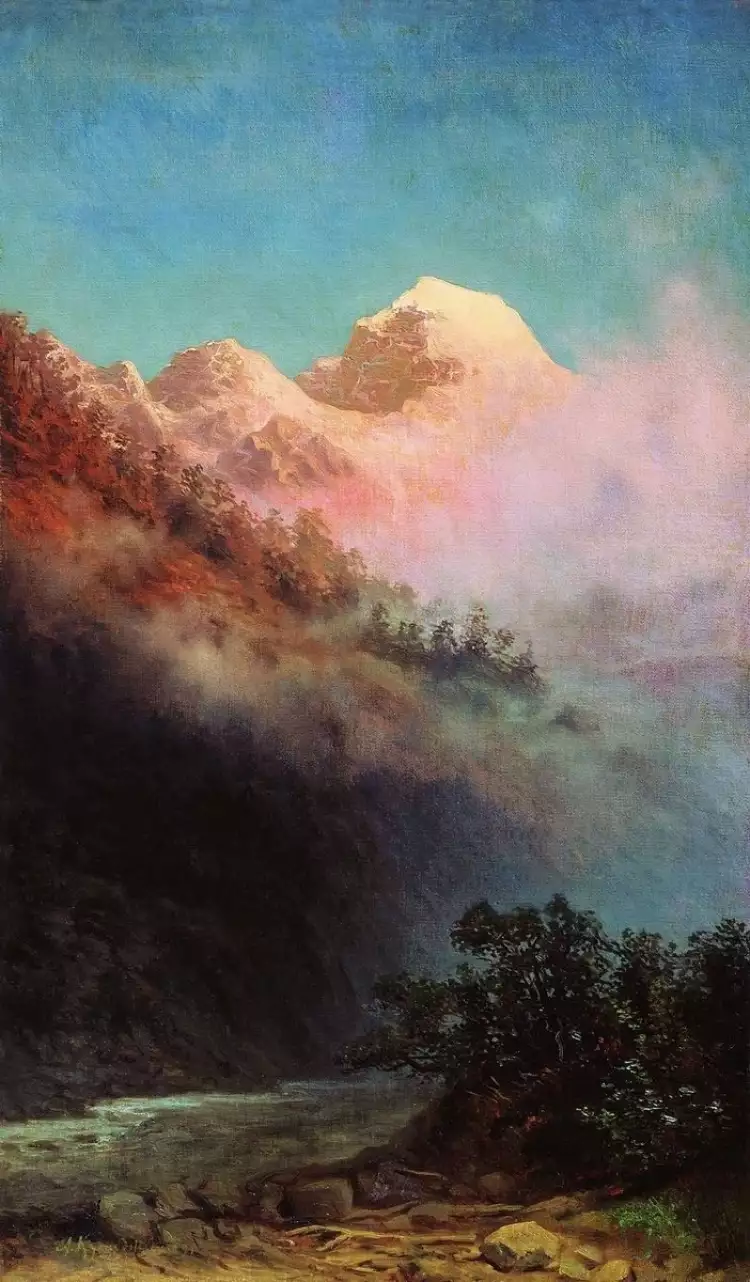 Landscape. Arkhip Kuindzhi. Sunrise, 1895
Landscape. Arkhip Kuindzhi. Sunrise, 1895
Urban Landscape received a more distinct categorization.
 Landscape. Canaletto. St Mark's Square in Venice, 1735
Landscape. Canaletto. St Mark's Square in Venice, 1735
The following subgenres emerged from it:
- Architectural (Veduta). In vedute, Italian masters depicted details of buildings and structures with high precision, sometimes close to photographic accuracy.
- Capriccio (translated as "whim" or "caprice"). This is also an Italian invention: views with ruins, often ancient ones, and often they were non-existent, fictional creations.
- Industrial. Emerged with the development of industry, the appearance of grand factories, massive bridges, and railways.
- Urbanistic. These are transferred to the canvas skyscrapers, viaducts, and other attributes of megacities. An interesting branch is futuristic urbanism, depicting the cities of the future.
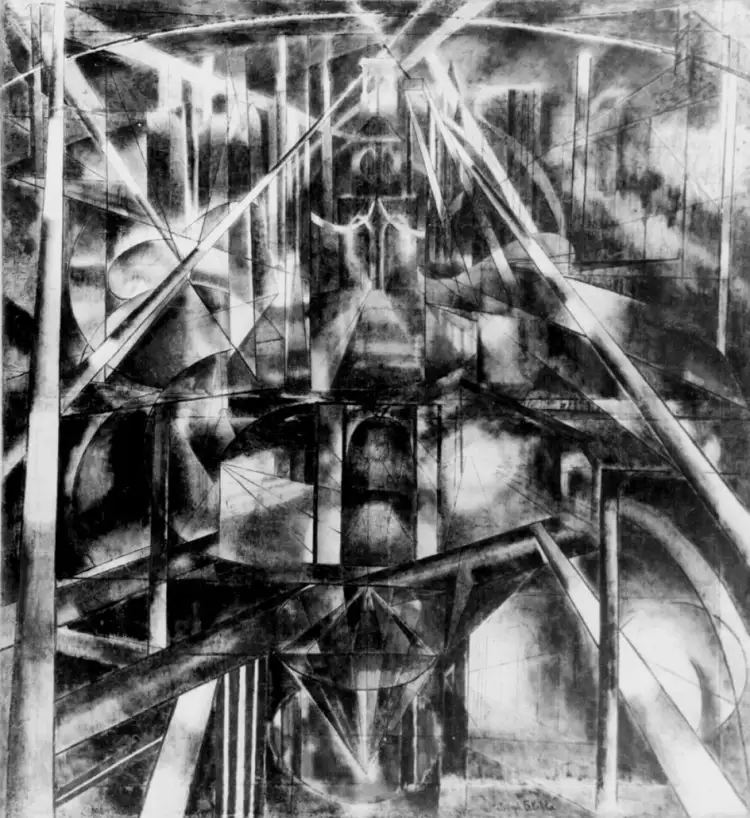 Landscape. Joseph Stella. Brooklyn Bridge, 1920
Landscape. Joseph Stella. Brooklyn Bridge, 1920
There are also extensive groups unified by a common landscape theme (fairly narrow and specific) but without specific names. For example, during the Romantic era, landscape painters often depicted views with castles, monasteries, and medieval ruins.
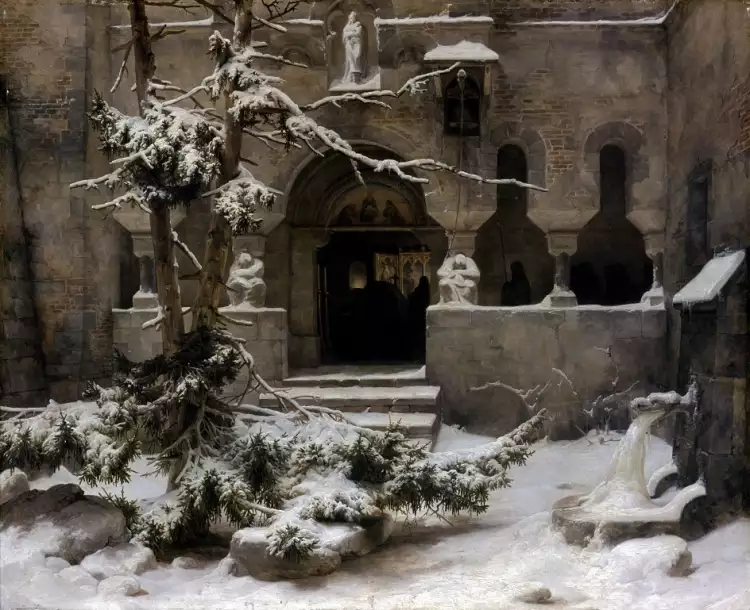 Landscape. Karl Friedrich Lessing. The monastery yard in the snow
Landscape. Karl Friedrich Lessing. The monastery yard in the snow
Another interesting group consists of landscape painters who specialize in depicting the sky. The leading figure among them is Joseph Mallord William Turner, often called the painter of air and light.
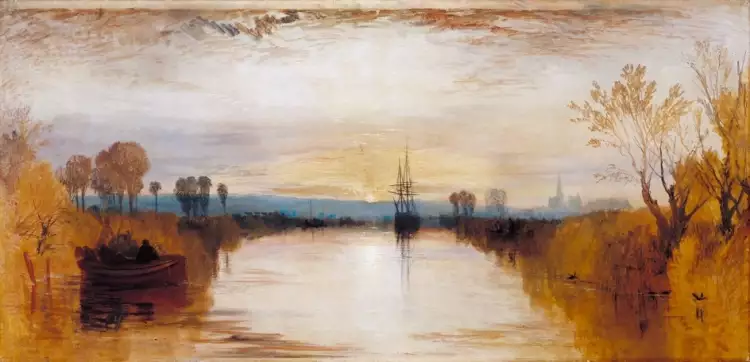 Landscape. William Turner. Chichester Canal, 1828
Landscape. William Turner. Chichester Canal, 1828
The minimalist Yves Klein, in 1962, took the celebration of the beauty of the pure sky to its apogee with his work IKB, which is a rectangle of blue color.
 Landscape. Yves Klein. IKB, 1962
Landscape. Yves Klein. IKB, 1962
Landscape painting is also commonly divided by seasons:
- Winter.
- Spring.
- Autumn.
- Summer.
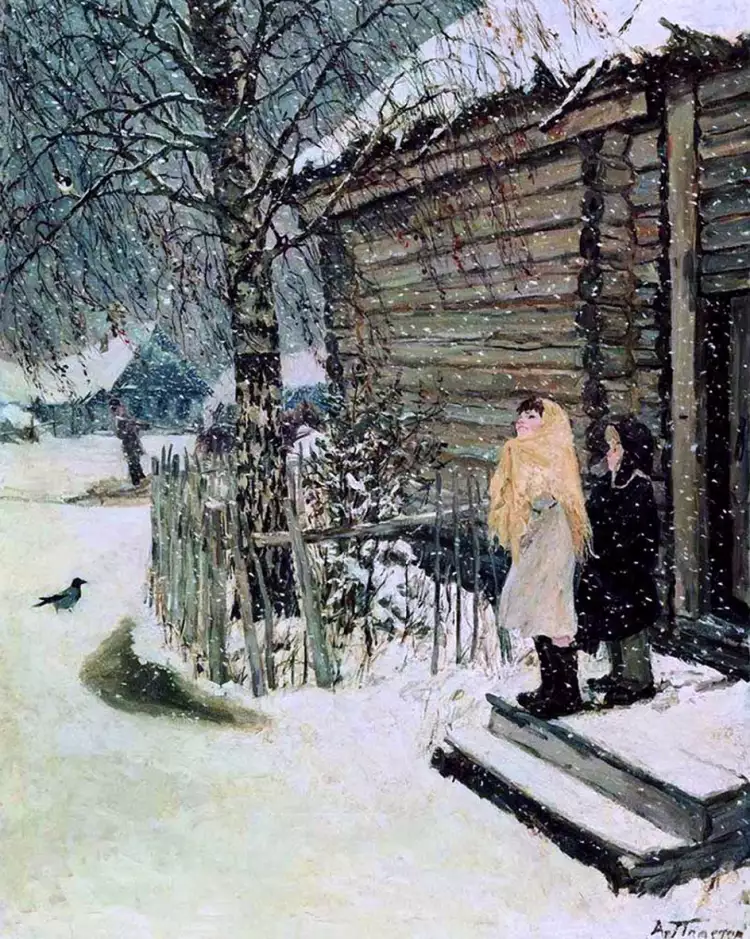 Landscape. Arkady Plastov. First snow, 1946
Landscape. Arkady Plastov. First snow, 1946
Works of landscape masters are also categorized by time of day: morning, daytime, evening, and night. Major thematic groups include paintings celebrating sunsets and sunrises, the hot midday, the mysterious shroud of night—starlit, moonlit, or without stars…
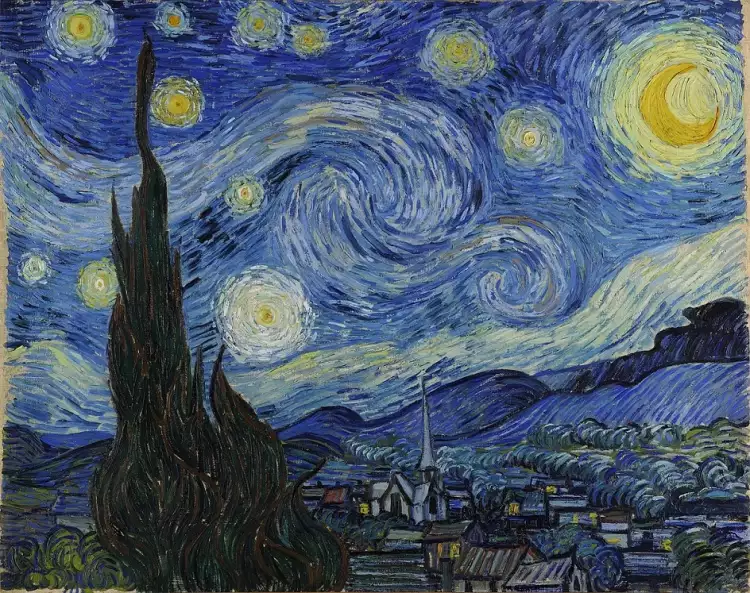 Landscape. Vincent van Gogh. The Starry Night, 1889
Landscape. Vincent van Gogh. The Starry Night, 1889
There is no special classification for depicting natural phenomena.
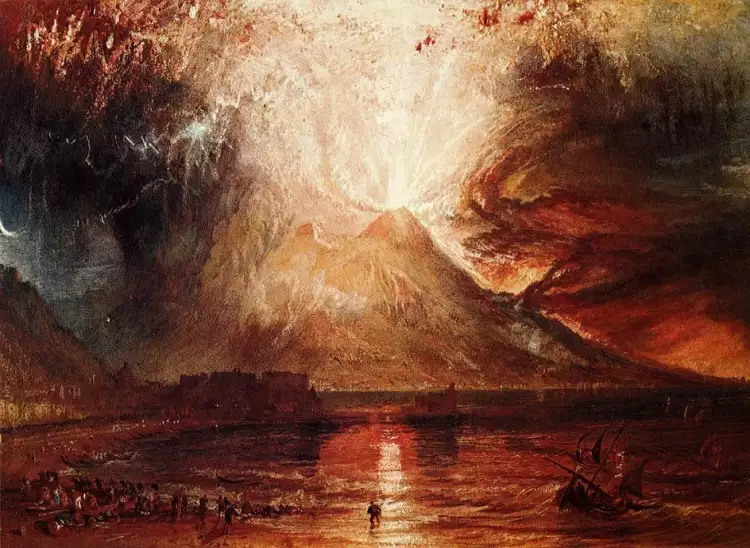 Landscape. William Turner. Vesuvius eruption, 1817
Landscape. William Turner. Vesuvius eruption, 1817
However, it is possible to identify groups of works in which the main focus of the landscape artist is on atmospheric phenomena: rain, snow, thunderstorms, strong winds (up to storms), and rainbows.
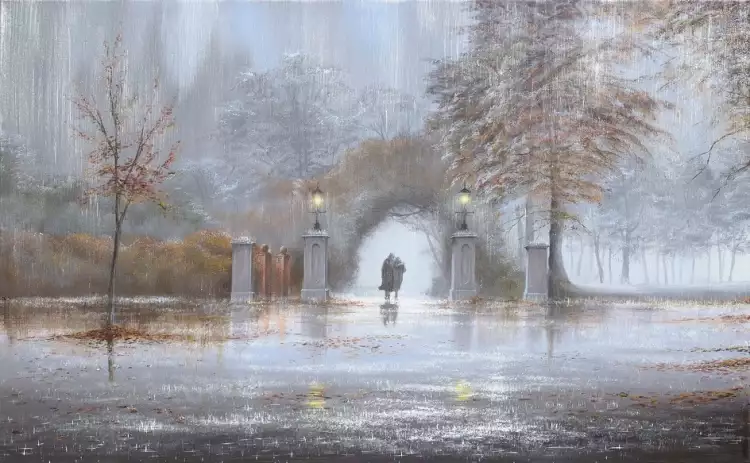 Landscape. Jeff Rowland. In the Rain (Two in the Park)
Landscape. Jeff Rowland. In the Rain (Two in the Park)
Types of landscapes by genre and character include epic, lyrical, surrealism...
In addition to thematic divisions, there are other classification approaches. By character, they distinguish:
- Epic landscapes - full of grandeur, scope, scale, and even pathos.
- Heroic landscapes - similar to epic ones, their intention is to pay homage to the greatness of nature and the power of the elements.
- Lyrical landscapes - also called mood landscapes. They resonate with the emotions of the creator, and the world becomes a mirror of the soul. Such creations can be joyful, melancholic, or sorrowful.
- Idyllic landscapes - pictorially idealized nature, friendly to humans, offering them the joy of relaxation.
- Pastoral landscapes - a subgenre of idyllic landscapes, often featuring peasants, sheep, and other attributes of rural life.
- Historical landscapes - showcasing landscapes from a specific period in time. They may include historical and mythological characters. An example is "Dido building Carthage" by Joseph Mallord William Turner.
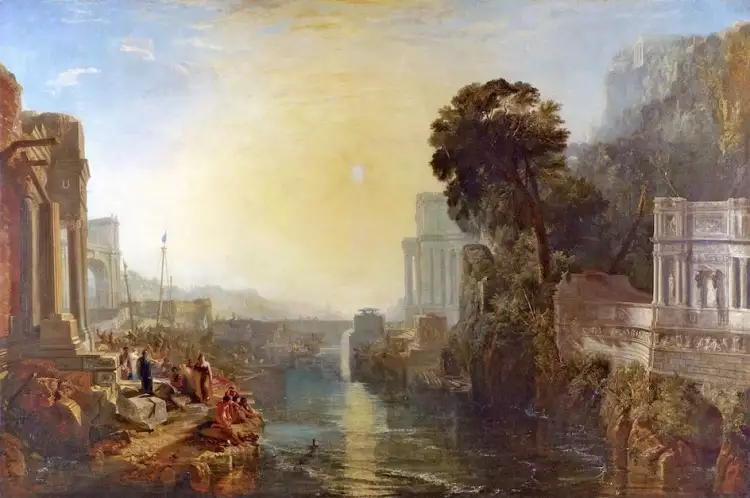 Landscape. William Turner. Dido building Carthage, 1815
Landscape. William Turner. Dido building Carthage, 1815
- Fantastic landscapes - depicting fairy-tale, fantasy, and unreal worlds. Among them are futuristic landscapes (typically technological landscapes of the future), mystical landscapes (imbued with a sense of mystery and mysticism), and surrealist landscapes (with a paradoxical merging of the real and unreal).
- Abstract landscapes - such creations emerged in the 20th century with the advent of abstractionism and related movements.
- Realistic landscapes - accurately portraying reality (though not photographically, but through the prism of artistic vision).
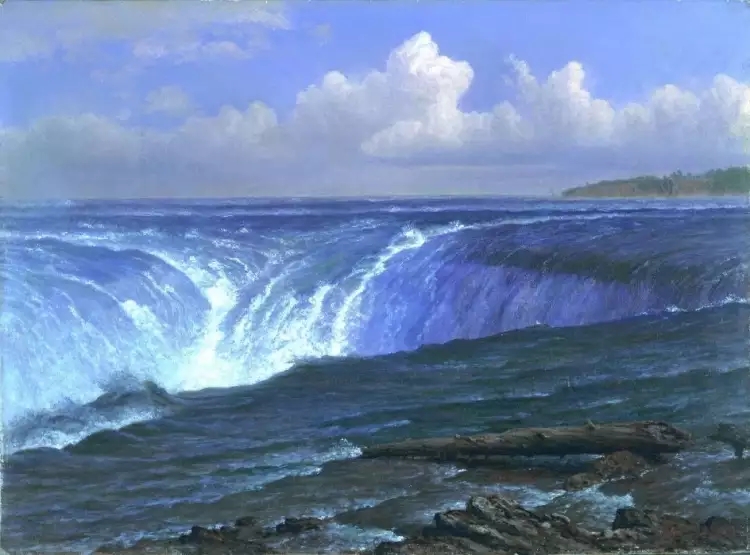 Landscape. Albert Bierstadt. Niagara Falls, 1869
Landscape. Albert Bierstadt. Niagara Falls, 1869
An important aspect of characterization is specifying the particular style in which the painting is executed. For example, academic landscape, baroque, romantic, impressionistic, hyper-realistic, etc.
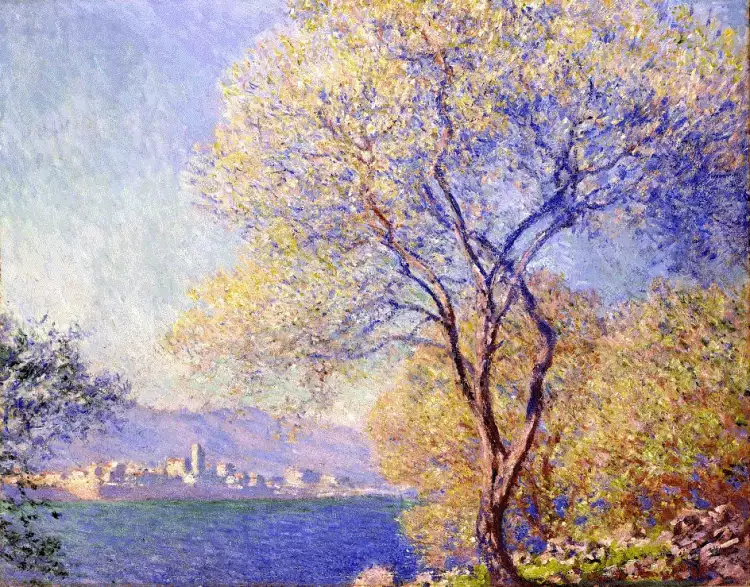 Landscape. Claude Monet. Antibes. View from the Salis Gardens, 1888
Landscape. Claude Monet. Antibes. View from the Salis Gardens, 1888
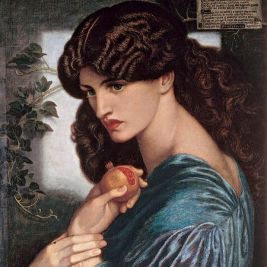 Pre-Raphaelites - the romantics of Victorian England
Pre-Raphaelites - the romantics of Victorian England  Silver of Great Britain - History, Styles, and Hallmarks
Silver of Great Britain - History, Styles, and Hallmarks 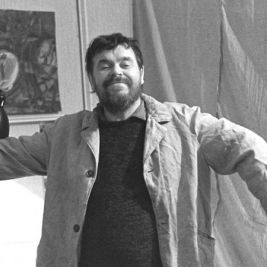 Anatoly Zverev — an unrecognized genius of the Soviet era
Anatoly Zverev — an unrecognized genius of the Soviet era  Minimalism in Painting: Essence of the Style, Characteristics, History, Minimalist Artists
Minimalism in Painting: Essence of the Style, Characteristics, History, Minimalist Artists 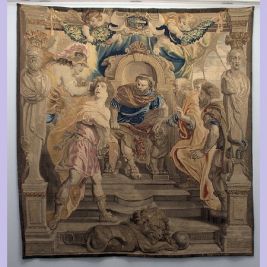 Tapestry - an exquisite handmade carpet with an ancient history
Tapestry - an exquisite handmade carpet with an ancient history 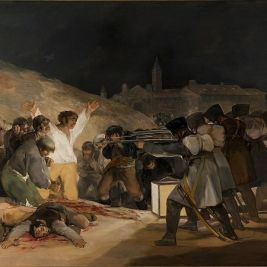 The top 10 most famous Spanish artists - the greatest masters of art of all time
The top 10 most famous Spanish artists - the greatest masters of art of all time  The painting "The Beekeeper" by Ivan Kramskoi is an expressive peasant figure against the backdrop of a landscape
The painting "The Beekeeper" by Ivan Kramskoi is an expressive peasant figure against the backdrop of a landscape 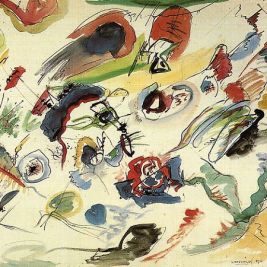 Abstractionism: an inverted painting as a precursor to a new style
Abstractionism: an inverted painting as a precursor to a new style 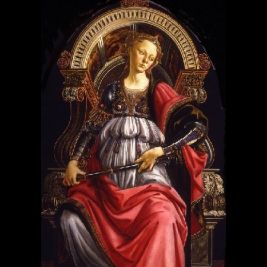 Allegory: Essence, Distinctive Features, History in Art
Allegory: Essence, Distinctive Features, History in Art 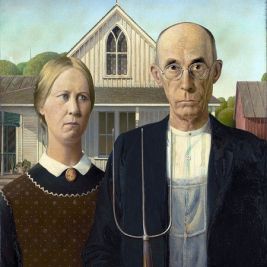 Regionalism is an American art movement that celebrates the beauty of simple provincial life
Regionalism is an American art movement that celebrates the beauty of simple provincial life